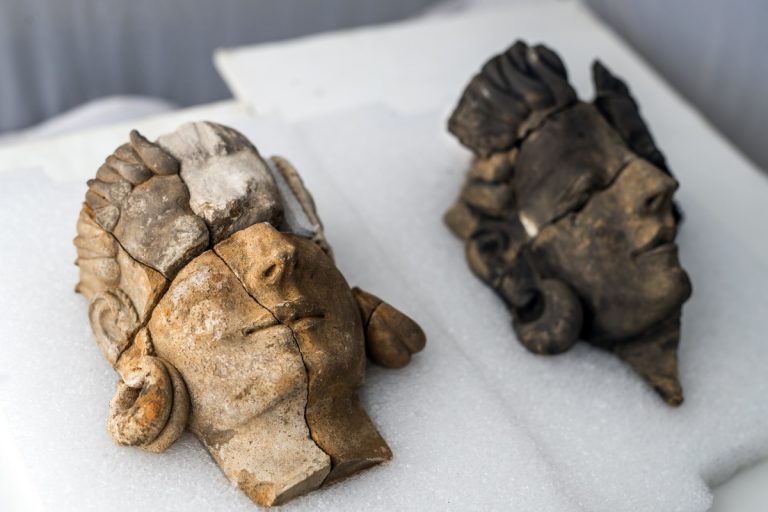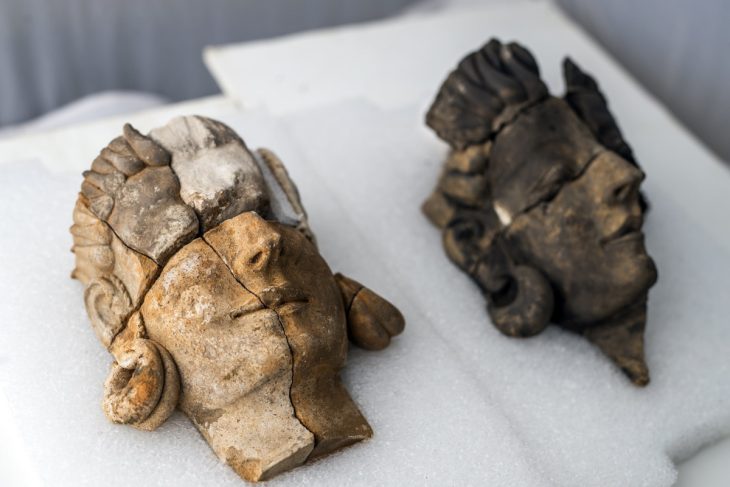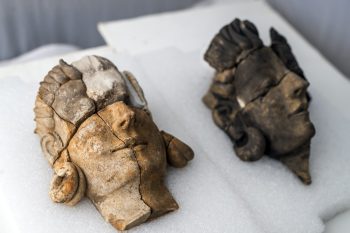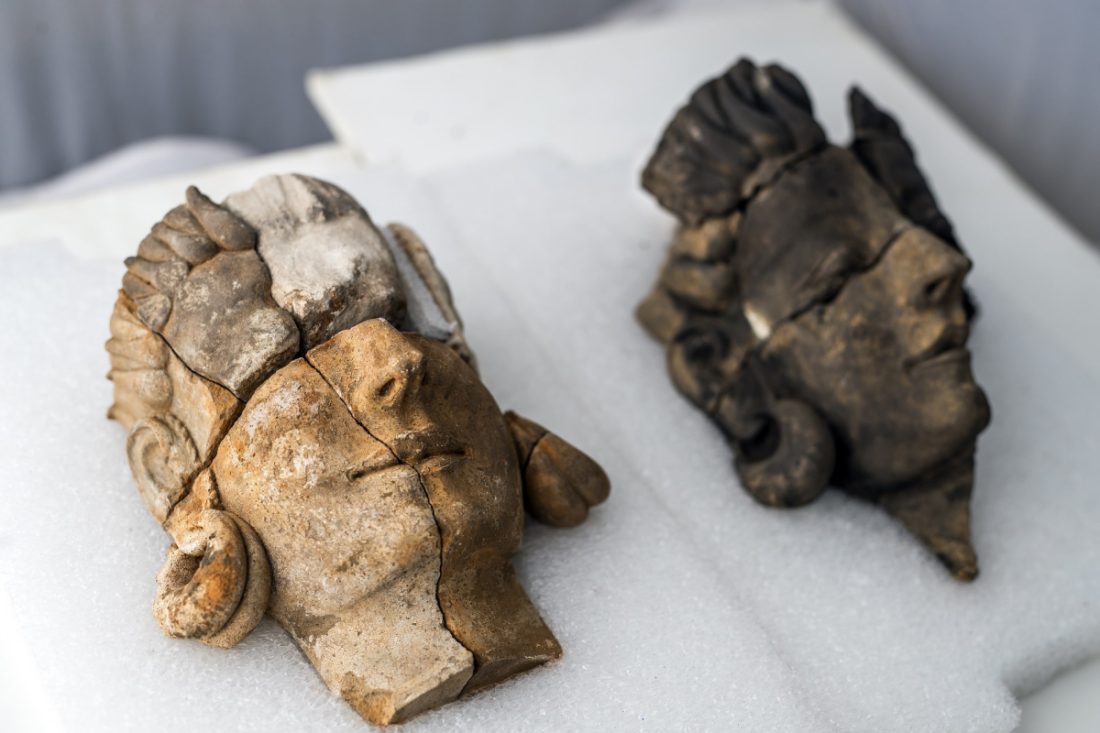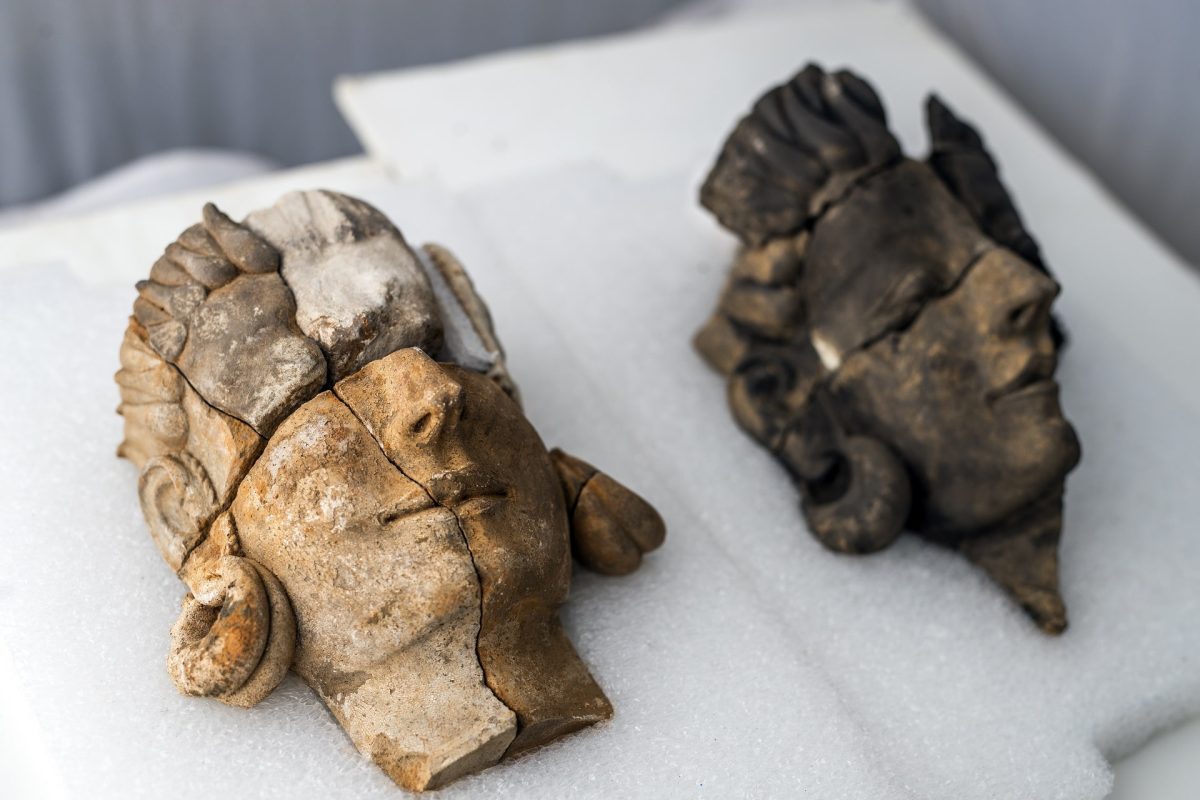A small, picturesque, island in the French territory of New Caledonia hides a mystery that continues to defy rational explanation. More than 400 grass-covered mounds, averaging two or three meters in height, dot the Isle of Pines. At first glance, these “tumuli,” as they are termed by scholars, look unremarkable. But a handful of excavations in 1959-60 revealed what lies hidden inside them - mysteries that still confound archaeologists and historians, who as recently as 2015 termed them “a kind of archaeological nightmare.”
Nothing resembling these structures has been discovered anywhere else, except a small number on the main island of the country. Every attempt so far by archaeologists and historians to explain why they were built, and by whom, has failed - spectacularly - and the current mainstream theory only works if we ignore what the excavations have uncovered.

View of vegetation-covered tumulus on the Isle of Pines. (Author provided)
The Mysterious Mounds on the Isle of Pines
The first puzzle is that inside each rounded mound of iron gravel and soil sits a large and very heavy cube of solid, high-quality,concrete. These blocks average 2 - 2.5 meters (6-8 feet) high. Carbon dating of snail shells attached to the outside of the concrete suggest it was made as far back as 10,000-12,000 years ago - many millennia before concrete was first manufacturedanywherein the world.
Concrete technologyin the South Pacific was actually unknown until the European arrival just two centuries ago. Not only that, this dating is thousands of years beforeanyhumans arrived in these islands. But there is more.
A smooth, circular, shaft about 30 cm (1 foot) wide runs vertically down the center of each concrete block. Directly below the shaft, below ground, sits a large cone or top-shaped object made of iron, pointing down about 2 meters (6 feet) long. Rings of iron nuggets surround this object and also the core itself. The purpose of this metal object remains an enigma.

Tumulus interior excavation sketch. (Author provided)
Previous Explanations
The first proper excavation took place in 1959, when locals on the Isle of Pines used one of the tumuli as a source of iron gravel for road repairs. This activity stopped, however, when the workers unexpectedly encountered its large concrete core that proved immune even to dynamite.
French archaeologist Luc Chevalier hurried to investigate and then made the first - and most complete to date - excavation of a tumulus. This study was the first time the mysterious artifacts inside these structures were revealed and it provided samples for testing.
However, just as the large cone-shaped metal object was exposed, the sides of the site threatened to collapse and the excavation ended as the team scrambled to safety. Perplexed by what the dig had revealed, Chevalier continued his research back inNoumea. He later investigated several tumuli on the mainland, which had also been destroyed or damaged, but did not resume the excavation on the Isle of Pines. Chevalier published his findings and a long list of unresolved questions in 1963. His original report (in French)can be readily accessed online.
Before this took place, however, researchers and writers had begun speculating that this huge building project on a remote, isolated, island might represent the work of an unknown advanced civilization long ago, perhaps visiting from Japan or Asia, or a mythical kingdom such as Mu, Lemuria, or Atlantis. Even a visiting extraterrestrial civilization was proposed as a possibility.
One of the more insightful conclusions came in a 1949 paper by the French geologist Jacques Avias. Without being more specific, he proposed a series of ancient arrivals in the southern Pacific, predating the Melanesians, concluding “…at least the following hypothesis can be put forward: a civilization …preceded the present Kanak civilization…this civilization had a Neolithic industry more advanced than the indigenous people."
It was not long before conservative thinking replaced such exotic ideas with more acceptable, down-to-earth, possibilities. The most enduring of them was that the mounds were actually made by long extinct giantmegapodebirds, to hatch their eggs in. It was suggested that the birds kicked up the soil until it formed a mound where eggs could be laid, warmed by decaying vegetation placed by the birds in the hole. Initially, the concrete core was explained away as the wholly natural action of microorganisms, tiny globules of calcite in the soil somehow binding rocks and debris together.

Top: Australian brushturkey on its mound. (D. Cowell/CC BY 3.0) Bottom: Cross-section of a typical megapode mound. (Peter Halasz/CC BY SA 2.5)
Subsequently, a refinement of the theory proposed that themegapodestidily excreted into the hole in the top of the mound, the feces becoming the heating agent for the eggs. Over time, the bird droppings are presumed to have fossilized and become the “cement” found today. Although chemical analysis established early on that the concrete core had none of the elements found in guano, many scholars and historians uncritically accepted this fiction as it did not challenge the accepted dates for human arrivals in the islands of New Caledonia.
The avian theory was dealt a fatal blow in March 2016 with publication of a paper by a group led by an Australian-based paleozoologist, Trevor H. Worthy. After noting the obvious implications of the complete absence of any shell fragments in or near the tumuli, the paper reported that skeletal remains of the megapodes established rather conclusively that the birds were not, in fact, physically equipped for any type of mound building and particularly not mounds on the scale found in New Caledonia.
Instead, in their paper Worthy and his team made their own proposal to explain the tumuli’s origins, suggesting that some “interplay between vegetation and erosion” somehow combined to erode the soil into the shapes we see today. It was a rather short-lived idea.

Top: The remains of the concrete core excavated by Chevalier in 1959. Bottom: A view looking up its central shaft. (Author provided)
The Creations of People Not Birds!
The following year, in 2017, leading French archaeologist, Louis Lagarde, based in Noumea, published a landmark paper,“Were those mysterious mounds really for the birds?”that convincingly brought down the final curtain on the megapode theory. This, of course, was a tremendous step forward; by arguing that the tumuli were made bypeople, not by birds or curious weather, Lagarde seemed to open the door to more sensible explanations. Such did not prove to be the case.
Despite this promising development and the admission that no bones, human or otherwise, have ever been found inside these mounds, Lagarde then claimed that the tumuli were, after all, merelyburialmoundsconstructed by the local population over the last 2,000 or so years. He explained the lack of bones by proposing that over the centuries soil acidity and some undefined “exposure to the elements” had corroded them completely away.
Most stunningly, despite his own well documented personal field experience and first-hand knowledge to the contrary, he went on to claim that the tumuli contain no archaeological materials! With that single statement, the concrete cores, the rings of iron nodules carefully placed around them, the perfectly circular shafts in the center of the cores, and the large metal cone-shaped object beneath it were all dismissed.
Questions Going Beyond the Mainstream
By now, the reader has probably noticed that all the mainstream “explanations” have had one thing in common: to make their case they have had to ignore what isactuallyinside the tumuli. This latest theory has had to do the same. Surely it will have future historians and scientists scratching their heads about the state of 21st century archaeology, in theSouth Pacificat least.
And there, so far as consensus thinking is concerned, the matter rests. But the questions raised by French archaeologist Louis Chevalier after making that first excavation still seek answers:
Who were the builders? Where didtheir ability to make high-quality concretecome from at a time when this technology was unknown? Where did they go?
What possiblemotivationor purposecould cause people to invest so much effort to erect more than 400 of these structures [each averaging a volume of 500 cubic meters]?
Why did such a massive effort leave no other traces -no tools, bones, charcoal, pottery, or other cultural artifacts - either within the tumulus or around it?

Young pine trees on Île des Pins (Isle of Pines), New Caledonia. (bennytrapp/Adobe Stock)
Why did they not use this concrete-making ability to construct other works- their houses and other important buildings, their burials, and their sacred places?
Finally,why was the ability to manufacture such a useful material as concrete not exported to otherislands?Why was it not passed down to later people? Indeed, why did this ability not arise elsewhere in the region?
Revealing the Construction Sequence
Full answers to these questions remain to be found, but the author’s investigations inNew Caledoniasince 2017 have already made some things clear. This has included having new chemical analysis in Australia of the coral-based concrete. The latest technology available has confirmed the results reported in the pioneering studies.
Close examinations of the tumulus excavated by Chevalier revealed features that his team had missed. This allowed a minimal construction sequence to be hypothesized, requiring at least 9 distinct stages to produce a single tumulus and an enormous amount of concrete to form the core. Of course, all this had to be repeated hundreds of times to create the structures we see today.

The nine stages required, at a minimum, to erect each tumulus based on what excavation has already revealed. (Author provided)
Parts of the Mystery at the Isle of Pines are Solved
Simple engineering logic tells us what the purpose was for all this effort -the tumuli were built to stabilize - to an exceptionally high degree - some type of pylon or pillar in their shafts, but we do not yet know the purpose for thepylonitself. What did it support? Why did it have to be so rigid? And, as none remain today, what happened to the hundreds of pylons?
Other pieces of the puzzle falling into place include the fact that nothing to date suggests that thetumuli constructiontook place over an extended period where we would expect to see improvements, improvisations, or the development of different styles. Everything suggests a one-time concentrated effort.
Only two of the Paita tumuli on the main island preserve any trace - surplus raw material - of the construction process and, just possibly, of a stage of early experimentation with local materials. If so, we can speculate that the silica-based process may have been abandoned in favor of theiron resourcesreadily available on the Isle of Pines.
A tantalizing new question has also risen: the Isle of Pines is dominated by the “Iron Plateau,” so named for the abundance of iron in the form of gravel and nuggets; could this have anything to do with why thetumuli builderschose to build there? Is this a hint that some type of advanced technology was involved?
Determining all this is now the challenge going forward. Ascertaining the function of the cone-shaped metal object beneath the shaft may offer the most promising line of future investigation. More work is obviously needed to resolve the mystery, but it will require people able to accept archaeological realities and who have open minds, not merely gate-keepers for outdated concepts.
Top Image: The mounds on the Isle of Pines have remained a mystery for years. Source:




























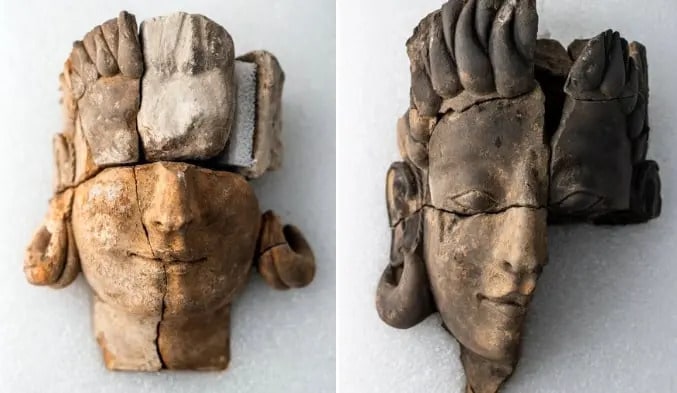
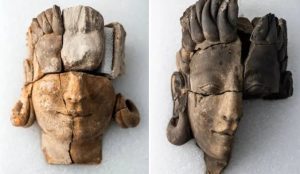 300w,
300w, 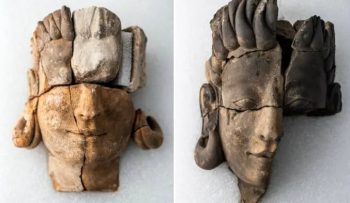
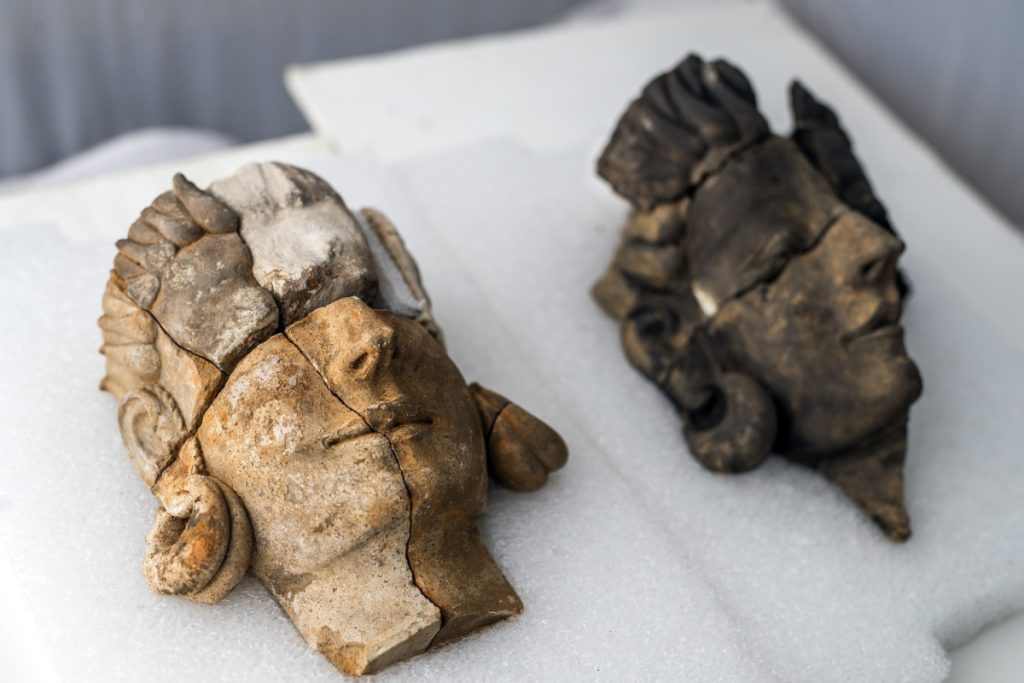
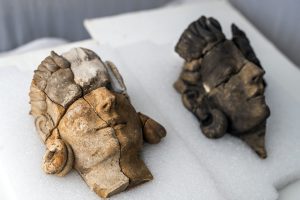 300w,
300w, 